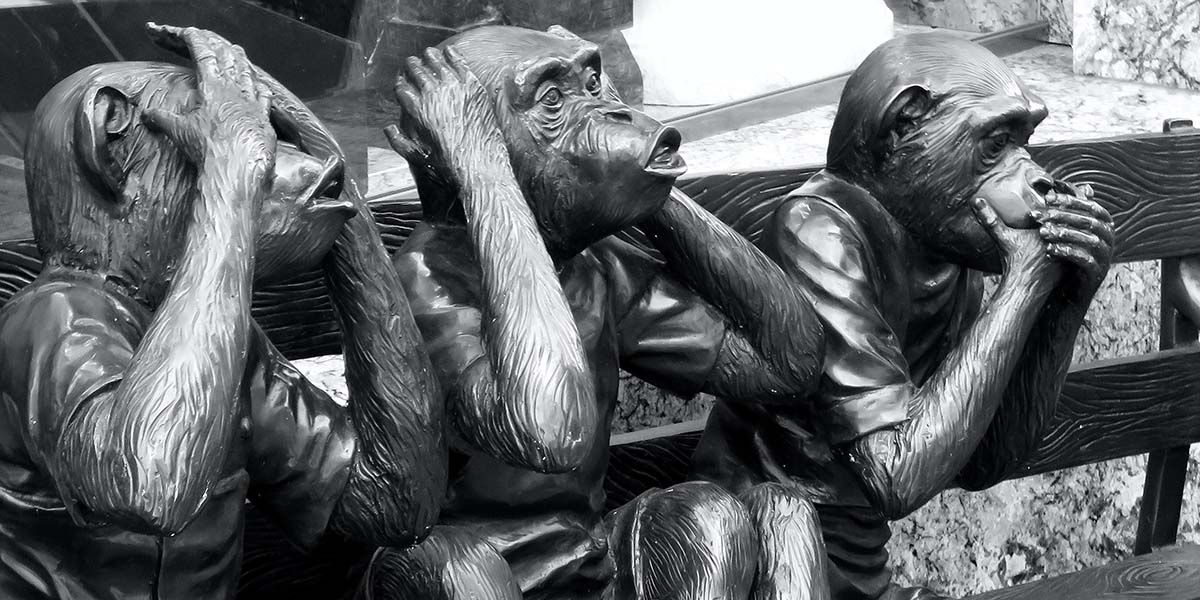Player FM ऐप के साथ ऑफ़लाइन जाएं!
Podcast #321 – The Long Sordid History of Broadcast Indecency Enforcement
Manage episode 306250409 series 1011160

Few topics create as much anxiety at college and community radio stations – not to mention many a commercial radio morning show – than broadcast indecency. Since the dawn of broadcast regulation in the US there have been legal restrictions on the kind of speech that may be broadcast on the public airwaves, with a particular focus on the topics of sexual and excretory functions. Yet, for all the worrying and fretting, for much of history there hasn’t been much action by the FCC. And even when there were more fines and actions, the actual number was still relatively small.
Prof. Christopher Terry from the University of Minnesota joins us to help unravel this history and set the record straight. First we have to define what “indecency” is, because the specific definition used for broadcast enforcement is not necessarily aligned with the common sense definition, nor is it the same as “obscenity,” which has it’s own particular legal definition. Just because some might call a word “obscene” doesn’t mean it necessarily is legally obscene (in fact, it probably isn’t), nor is it necessarily legally indecent (thought it might be).
Then Prof. Terry walks us through a long uneventful period that ends in the 1970s with the very first indecency fine and the Supreme Court decision Pacifica v. FCC, which kicked off a forty year period of increased enforcement and many more fines. Yet, in those four decades, the standard of indecent shifted both due to political pressures and court intervention. It leads up to 2018, when broadcast new organizations struggled with how to report on President Trump referring to some nations as “s**thole countries,” while still remaining compliant.
In the end, in 2021, it’s still the case that airing “indecent” programming between 6 AM and 10 PM may get you an FCC fine, but the risks are different than what you may have thought to be true one, two or three decades ago.
Show Notes
- “The living legacy of FCC indecency enforcement: Trump, ‘shithole’ and profanity in the news.” by Prof. Christopher Terry, Journal of Media Law and Ethics.
- Podcast #318: Battling the Zombie of the Fairness Doctrine
Featured image credit: Paulette Vautour on Unsplash
The post Podcast #321 – The Long Sordid History of Broadcast Indecency Enforcement appeared first on Radio Survivor.
328 एपिसोडस
Manage episode 306250409 series 1011160

Few topics create as much anxiety at college and community radio stations – not to mention many a commercial radio morning show – than broadcast indecency. Since the dawn of broadcast regulation in the US there have been legal restrictions on the kind of speech that may be broadcast on the public airwaves, with a particular focus on the topics of sexual and excretory functions. Yet, for all the worrying and fretting, for much of history there hasn’t been much action by the FCC. And even when there were more fines and actions, the actual number was still relatively small.
Prof. Christopher Terry from the University of Minnesota joins us to help unravel this history and set the record straight. First we have to define what “indecency” is, because the specific definition used for broadcast enforcement is not necessarily aligned with the common sense definition, nor is it the same as “obscenity,” which has it’s own particular legal definition. Just because some might call a word “obscene” doesn’t mean it necessarily is legally obscene (in fact, it probably isn’t), nor is it necessarily legally indecent (thought it might be).
Then Prof. Terry walks us through a long uneventful period that ends in the 1970s with the very first indecency fine and the Supreme Court decision Pacifica v. FCC, which kicked off a forty year period of increased enforcement and many more fines. Yet, in those four decades, the standard of indecent shifted both due to political pressures and court intervention. It leads up to 2018, when broadcast new organizations struggled with how to report on President Trump referring to some nations as “s**thole countries,” while still remaining compliant.
In the end, in 2021, it’s still the case that airing “indecent” programming between 6 AM and 10 PM may get you an FCC fine, but the risks are different than what you may have thought to be true one, two or three decades ago.
Show Notes
- “The living legacy of FCC indecency enforcement: Trump, ‘shithole’ and profanity in the news.” by Prof. Christopher Terry, Journal of Media Law and Ethics.
- Podcast #318: Battling the Zombie of the Fairness Doctrine
Featured image credit: Paulette Vautour on Unsplash
The post Podcast #321 – The Long Sordid History of Broadcast Indecency Enforcement appeared first on Radio Survivor.
328 एपिसोडस
सभी एपिसोड
×प्लेयर एफएम में आपका स्वागत है!
प्लेयर एफएम वेब को स्कैन कर रहा है उच्च गुणवत्ता वाले पॉडकास्ट आप के आनंद लेंने के लिए अभी। यह सबसे अच्छा पॉडकास्ट एप्प है और यह Android, iPhone और वेब पर काम करता है। उपकरणों में सदस्यता को सिंक करने के लिए साइनअप करें।




